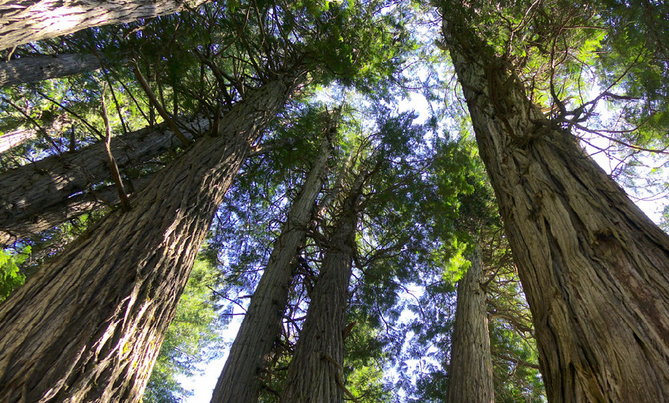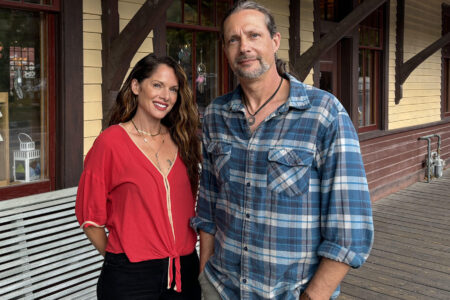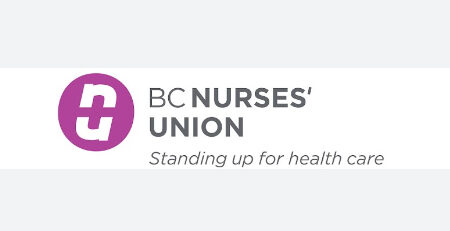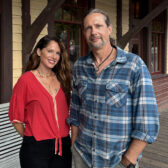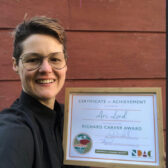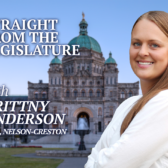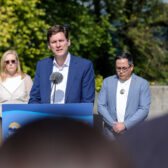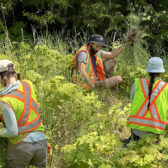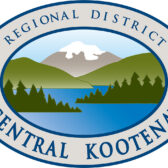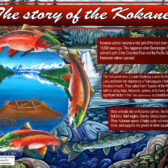Movement to protect old-growth forests in region, province gains some traction
The remains of old growth forests in the region are protected, for now.
With the province announcing its intention recently to work in partnership with First Nations to defer harvest of ancient, rare and priority large stands of old growth — within 2.6 million hectares of B.C.’s most at-risk old-growth forests — the central Kootenay desire to save its old-growth forests could be realized.
In August the Regional District of Central Kootenay passed a resolution requesting the remaining old-growth forests and significant old trees in the central Kootenay region be preserved.
“Studies conducted by the Ministry of Forests Lands Resource Operations and Rural Development indicate there is little old-growth forest remaining in the Central Kootenay region,” noted the resolution, brought forward by Area E director Ramona Faust.
“The giants are considered one of the most valuable climate mitigation and resiliency assets in terms of carbon storage, sequestration, protection against wildfires, storage of water, preservation of biological diversity.”
After decades of industrial clearcutting, mapping and analysis by independent B.C. scientists shows only a small portion of old-growth forests — with big trees and ecological, cultural and carbon values — remains standing in B.C., with even less protected from logging.
However, logging deferrals are only a temporary measure — recommended by 2020’s Old Growth Strategic Review — to prevent irreversible biodiversity loss. The deferrals buy time until First Nations, the province and other partners develop a new approach to sustainable forest management that balances the forest health and the economy.
It will be based on the recommendations of the Review and recognize that ecosystem health is necessary if the forests are to continue to provide essential benefits: clean air; clean water; carbon storage; conservation of biodiversity; and timber.
The regional district sent its letter to Minister Katrine Conroy of Forests, Lands, Natural Resource Operations and Rural Development and MLA for Kootenay-West containing the request to preserve old-growth forests. That voice was added to 12 other local governments from across the province, including the City of Rossland.
In October, more than 260,000 people from around the world signed a petition calling on the B.C. government to “stop the felling of ancient giants and protect British Columbia’s temperate old-growth forests,” said Jens Wieting, senior forest and climate campaigner, Sierra Club B.C.
The petition was started by the Germany-based environmental organization Rainforest and asked the province to safeguard the last remaining old-growth forests in B.C., “which are among the most endangered on the planet.”
On the other side
When the deferral period ends, the newly identified at-risk forests will either be added to B.C.’s 3.5 million hectares of old-growth forests already off-limits to harvesting, or included within new forest management plans.
As per the recommendations of the Old Growth Strategic Review, government will work in partnership with First Nations to “provide clarity on the areas of forest that should be protected forever, the areas that may support some harvest under strict management conditions that prioritize ecosystem health, and the areas that can be accessed for sustainable timber management to support workers and communities.”
The result will be permanent protection for more of B.C.’s most important old growth and more clarity to support investment and jobs.
Source: Forests, Lands, Natural Resource Operations and Rural Development
Old-growth stands
Details of the old-growth forest stands — mapped and defined by a panel of independent scientific and ecological experts — have been shared with First Nations rights and title holders so they can advise how to proceed on the deferral areas within their respective territories.
The province is requesting that First Nations indicate whether or not they support the deferrals, require further engagement to incorporate local and Indigenous knowledge, or would prefer to discuss deferrals through existing treaties, agreements and other constructive arrangements. Capacity funding of up to $12.69 million over three years is available to support this process.
To support the deferral process, government will immediately cease advertising and selling BC Timber Sales in the affected areas.
“We are committed to working in partnership with First Nations to make sure we get this right and to supporting workers and communities as we develop a sustainable approach to managing BC’s old-growth forests,” said Conroy in a statement.
There will also be supports to help forest workers, communities and First Nations offset job and economic impacts that may follow new harvest restrictions, including connecting workers with short-term employment opportunities, education and skills training or funds to bridge to retirement.
Source: Province of BC


